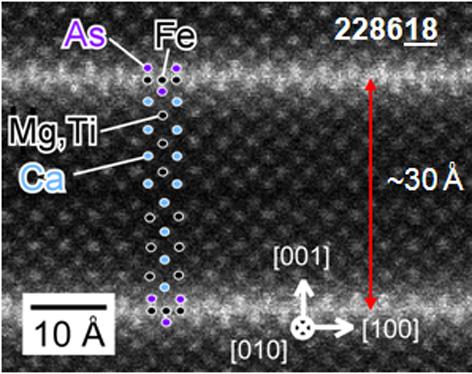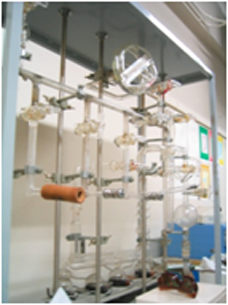The University of Tokyo

 JP
JP
UT - The University of Tokyo
semrl.t.u-tokyo.ac.jp/index_en.html
Organization profile:
The University of Tokyo was established in 1877 as the first national university in Japan. As a leading research university, the University of Tokyo offers courses in essentially all academic disciplines at both undergraduate and graduate levels and conducts research across the full spectrum of academic activity. The University of Tokyo has a faculty of over 4,000 and a total enrolment of about 29,000, evenly divided between undergraduate and graduate students. As of 2006 there were 2,269 international students, and over 2,700 foreign researchers come annually to the university for both short and extended visits. The University of Tokyo is known for the excellence of its faculty and students and ever since its foundation many of its graduates have gone on to become leaders in government, business, and the academic world.
Department: The Department of Applied Chemistry has eleven laboratories and covers various chemical fields. In 1986, soon after the discovery of superconductivity at 30K in a metallic La-ba-Cu-O compound by J.G. Bednorz and K.A. Muller, a collaboration between Prof. Fueki's laboratory (this department) and Prof. Tanaka's (department of Applied Physics) identified the structure of (La,Ba) 2CuO4. These great events led to the well-known High-Tc Fever all over the world.
(http://semrl.t.u-tokyo.ac.jp/index_en.html).
Leader:
Jun-ichi Shimoyama is an associate professor at the department of applied chemistry. He covers wide fields concerning high-Tc superconductors, such as design and synthesis of new superconductors (cuprates, pnictides), thermodynamic analyses for defect generation, precise controls of nonstoichiometry in both cations and anions, clarification of determining factors of critical current properties of single crystals, sintered bulks and tapes, and introduction of effective pinning centre by chemical methods (BaSnO3 in 1990, dilute doping in 2003) and grain orientation by the magneto-scientific method. His results are published in more than 250 papers and the total citation number is exceeding 5,000. He has been the president of the Forum of Superconductivity Science and Technology of the Society of Non-Traditional Technology since 2008 and is also a technical advisor of Sumitomo Electric Industries (since 2002) and Tokyo Electric Porcelain (since 2003). The latter is the top company producing powder and targets of various cuprate superconductors in Japan.
Expertise:
The UT group has various experiences in the synthesis of superconducting materials and their characterization, such as development of new material design by solid-state reaction under precisely controlled conditions, microstructure observation and structural analysis of crystals, measurements of magnetic and transport properties in magnetic fields, fabrication of grain oriented polycrystalline bulks and single crystal growth of superconductors.
Specific facilities:
- SQUID magnetometer (option: high temperature furnace)
- Physical properties measurement system (option: rotating sample stage)
- XRD diffraction apparatus (options: variable temperature (10 K~1500 K), pole figure)
- 8 T superconducting magnet with large room temperature bore 150 mm
- Magneto-optical imaging apparatus (homemade)
- High gas pressure furnace up to 0.2 GPa
Personnel assigned to this project:
Jun-ichi Shimoyama (leader, associate professor), Hiraku Ogino (assistant professor), Akiyasu Yamamoto (assistant professor), Kohji Kishio (Professor) and four graduate students.
Main tasks in SUPER-IRON:
Polycrystalline bulks prepared through magnetic grain orientation
Synthesis of pnictide oxide layered systems
Magneto-optical imaging
Electron irradiations
Enhancement of pinning force by chemical method and structural control





 Based on the Exchange of Letters, JST and EC DG RTD have agreed to establish a new scheme for coordinated funding of Japanese-EU coordinated research projects (see European Community press release IP/09/1844). After consultations between JST and EC DG RTD, “Superconductivity” has been selected as the field of research for the coordinated funding scheme.
Based on the Exchange of Letters, JST and EC DG RTD have agreed to establish a new scheme for coordinated funding of Japanese-EU coordinated research projects (see European Community press release IP/09/1844). After consultations between JST and EC DG RTD, “Superconductivity” has been selected as the field of research for the coordinated funding scheme.